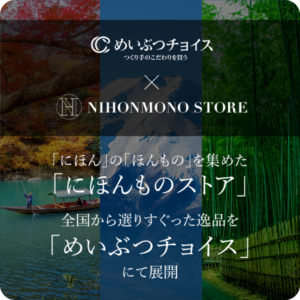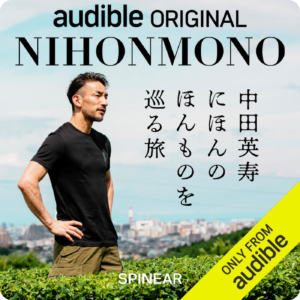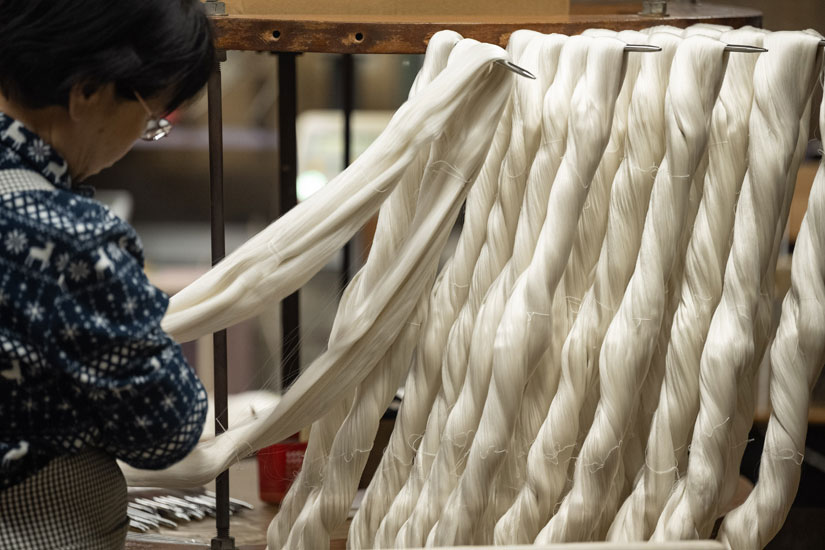Matsuida-cho, Annaka City is located in the western part of Gunma Prefecture. Mt. Myogi, known as one of the three most scenic spots in Japan, rises above the town, and the beautiful scenery created by its rugged rock surface is a well-known symbol of the town. At the foot of the mountain, surrounded by magnificent nature, stands Usui Silk Manufacturing Co. The Usui River, a tributary of the Tone River, flows nearby. This clean and abundant water supports the production of high-quality raw silk.
An instrumental spinning mill still in operation
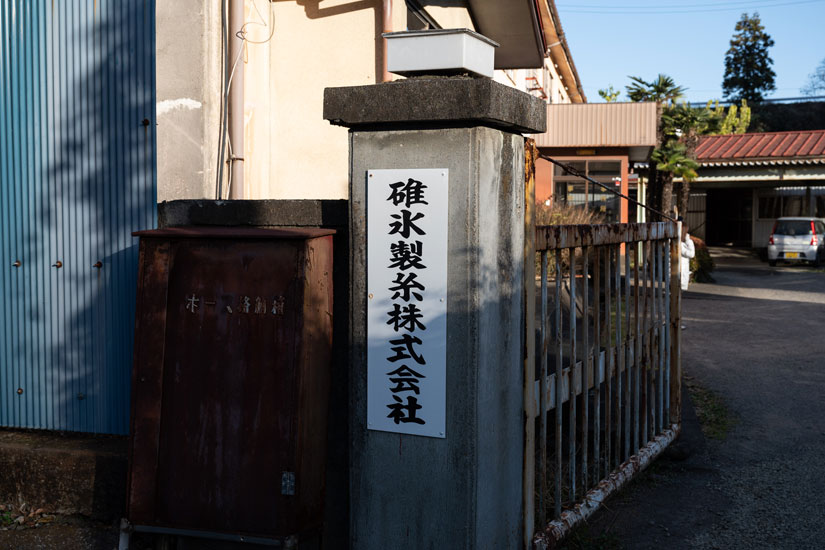
The Tomioka Silk Mill, a symbol of modern Japanese industry, was registered as a World Heritage Site in 2014. The same machinery is still in operation at Usui Silk Manufacturing, which continues to produce raw silk from cocoons.
Usui Silk was established in 1959 by farmers in the surrounding area as the Usui Silk Farmers Cooperative Association. Since then, the company has been in operation for more than 60 years. In recent years, due to the decrease in the number of members of the agricultural cooperative, the company received investments from the prefecture, Annaka City, and Tomioka City, and became a joint-stock corporation in 2017, which it continues to do to this day.
At its peak, there were more than 1,800 yarn manufacturing companies in Japan. Since then, the number has continued to shrink, and the number of active instrument mills in operation in Japan today has dwindled to only two. One of them is Usui Silk.
The term “silk spinning” refers to a series of operations to produce raw silk from cocoons produced by silkworm farmers. About 70% of cocoons produced not only in Gunma Prefecture but also in other parts of the country are brought to Usui Silk Mills. In other words, Usui Silk is the largest silk mill in Japan, boasting the largest amount of raw silk production in the country.
Domestic Raw Silk Production in Critical Condition
The current state of the silk industry, however, is not good. According to data from the Ministry of Agriculture, Forestry, and Fisheries, domestic raw silk production, which exceeded 6,000 tons in 1989, dropped to only 9 tons in 2023. Looking at raw silk imports, 175 tons of raw silk was imported in 2023. In other words, domestically produced raw silk accounted for less than 5% of the total amount of raw silk circulated in Japan.
The reason for the significant decrease in the scale of the industry can be attributed to the decline in market competitiveness due to inexpensive imports from China, Brazil, India, and other countries, as well as to the decrease in demand for silk products due to the spread of synthetic fibers. Adding to this situation is the decrease in the number of sericultural farmers.
Sericultural silk used to be practiced in many areas south of the Tohoku region, but now only small-scale production areas remain, mainly in the Kanto and Tohoku regions, and the number of sericultural farmers is very small. Moreover, the number of silkworm farmers is aging, and the shortage of successors has become a serious problem throughout the country. Gunma Prefecture accounts for approximately 40% of the nation’s production of cocoons.
Focusing on domestically produced raw silk
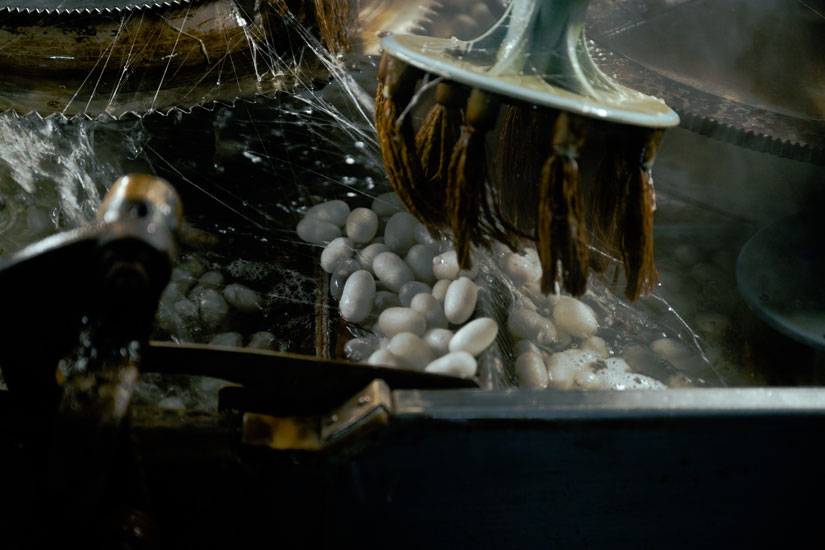
Usui Silk is committed to “pure domestic production. Even if cocoons and raw silk imported from overseas are used, as long as the silk products are processed in Japan, they can be called “domestically produced”. However, the raw silk produced by Usui Silk is different from mere domestic silk. The share of raw silk produced from domestically produced cocoons is said to be less than 1%. This high-quality pure domestic raw silk is mainly shipped and sold for use in kimonos.
The Process of Raw Silk
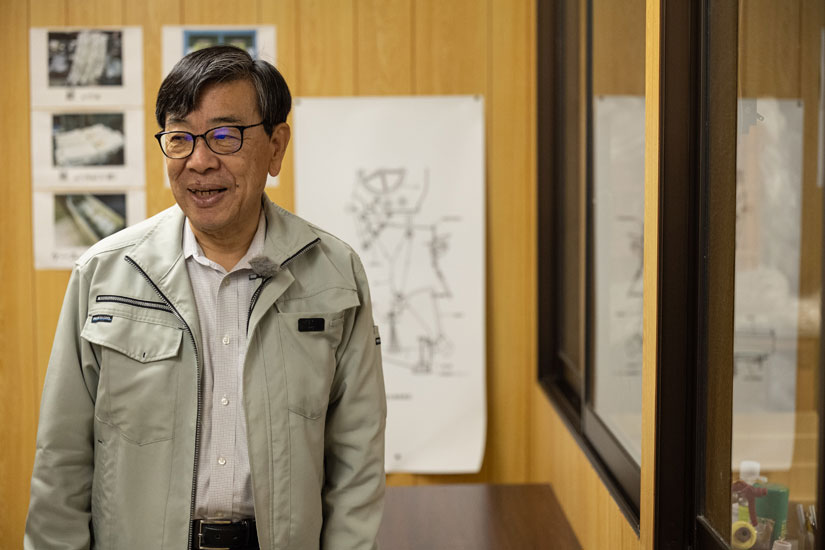
Mr. Toshiyuki Ando, the representative of the company, showed us around the factory. He said that cocoons received from silkworm farmers are dried with hot air immediately after receiving the cocoons to prevent the chrysalis inside from hatching, and then stored in a cocoon warehouse.
Selection of cocoons
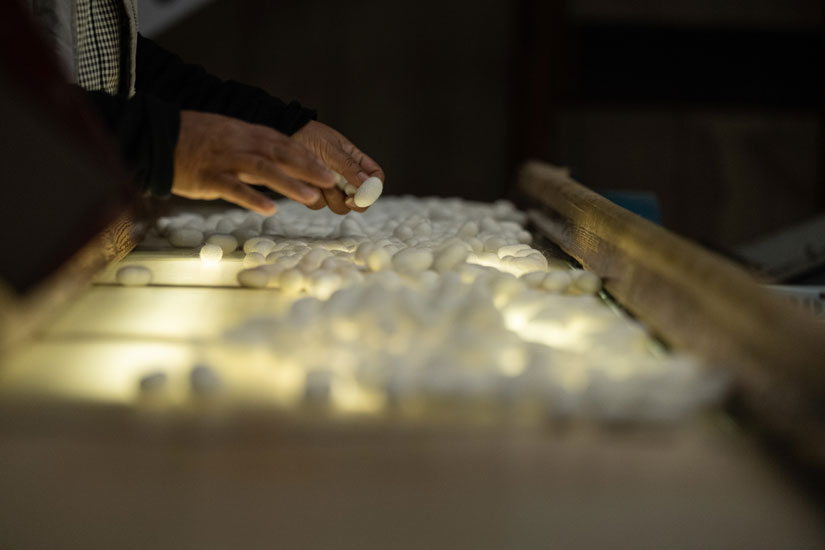
In order to produce high-quality raw silk, cocoons are sorted to remove cocoons made by two silkworms, dirty cocoons, and cocoons with deformities. The cocoons that have been stripped are processed into threads and silk cords. Incidentally, the chrysalis inside the cocoons is used for fertilizer and Chinese herbal medicine, and “silk has nothing to throw away.
Boiled cocoons
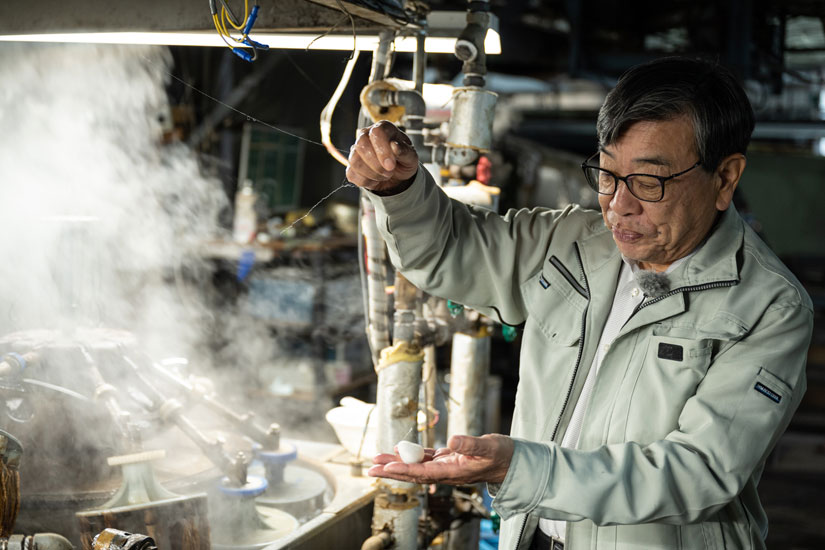
After selecting cocoons, cocoons are boiled in hot water or steam to soften them in order to improve the loosening of the threads. Over the course of about 20 minutes, the cocoons pass through six different rooms, including hot, cold, and steam.
Reeling (Soshishi)
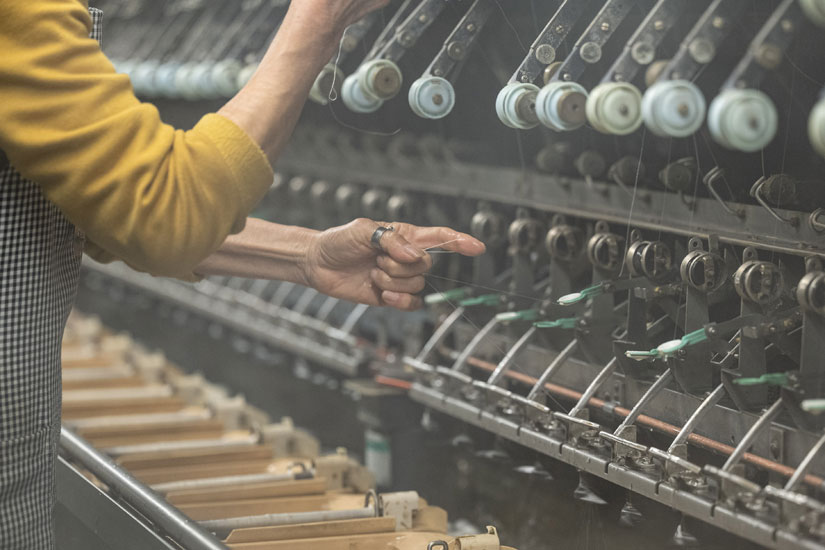
The process of taking the thread ends from the boiled cocoons and twisting several threads together to achieve the desired thickness. This is the core process of a silk mill. The cocoons are carried in hot water, shaken out with a small broomstick, and then set in an automatic reeling machine, which pulls out a single, invisibly delicate strand from the tangled threads. When the raw silk becomes too thin, the machine senses the fineness and automatically adds cocoons, and the raw silk continues to be reeled at a constant thickness. When the thread breaks, the staff manually reconnects it in a skillful manner.
Agedashi (turning back cocoons)
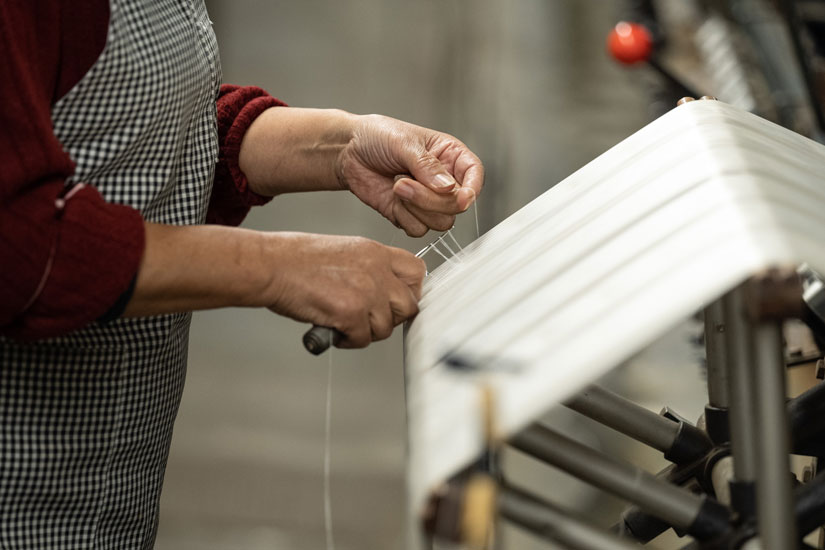
The raw silk is wound onto a small frame by an automatic reeling machine, and then rewound onto a large frame with a circumference of 150 cm while being dried. This is done to make it easier to handle later.
Finishing
The finished domestic raw silk is bundled and twisted to make it ready to be handled. Several more are bundled, packed in boxes, and shipped.
Automatic reeling machine is the fruit of Japanese technology
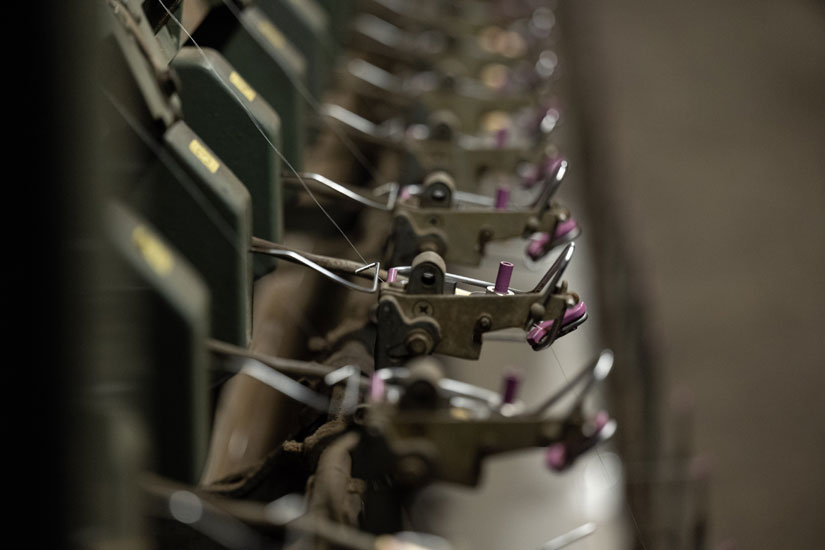
The automatic yarn reeling machine used is said to be a machine manufactured by Nissan, an automobile manufacturer, in the 1980s. In the past, automobile manufacturers such as Toyota and Nissan were world leaders in the manufacture of machinery for the textile industry, and the high level of technology developed at that time has been passed on to today’s automobile industry. Automatic yarn reeling machines are now so valuable that they cannot be replaced or even have their parts replaced. The staff members maintain the machines themselves and continue to use them with great care.
Why did Usui Silk Manufacturing survive?
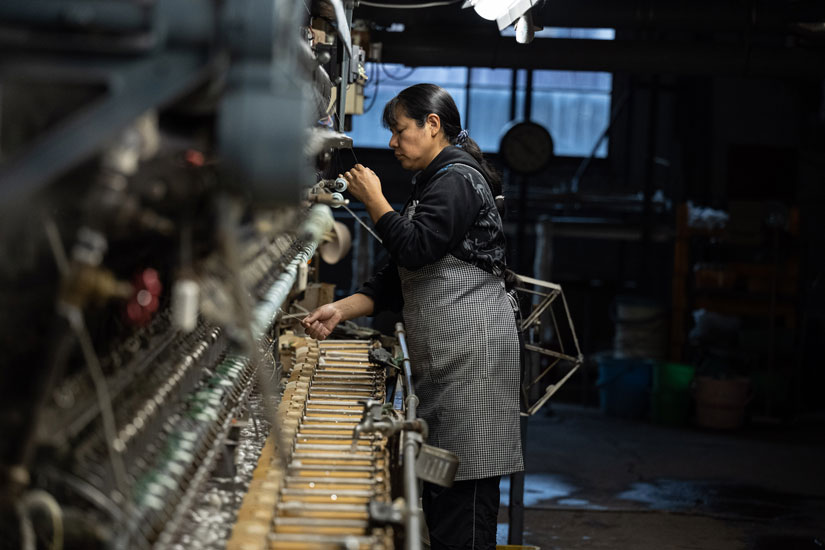
Why has Usui Silk continued to operate despite the drastic decrease in the number of silk mills in Japan? The reason is that in Gunma Prefecture, there are only a few sericultural farmers left, and the groundwork has been laid to continue to protect the breeding of silkworms. Another reason is that we handle Gunma’s original breed of silkworms, which are not affected by market prices. Another advantage of Usui Silk is its ability to produce a wide variety of yarns in small lots. The company is able to produce raw silk of various thicknesses and respond to customers’ requests in detail. This would not be possible without high-performance machines and good technicians.
I believe that continuing to produce good yarn is the key to keeping the business going,” he said. If this place were to disappear, the sericultural farmers would also go out of business, so we take our responsibility seriously,” says Mr. Ando.
What Future Should Usui Silk Manufacturing Aim for?
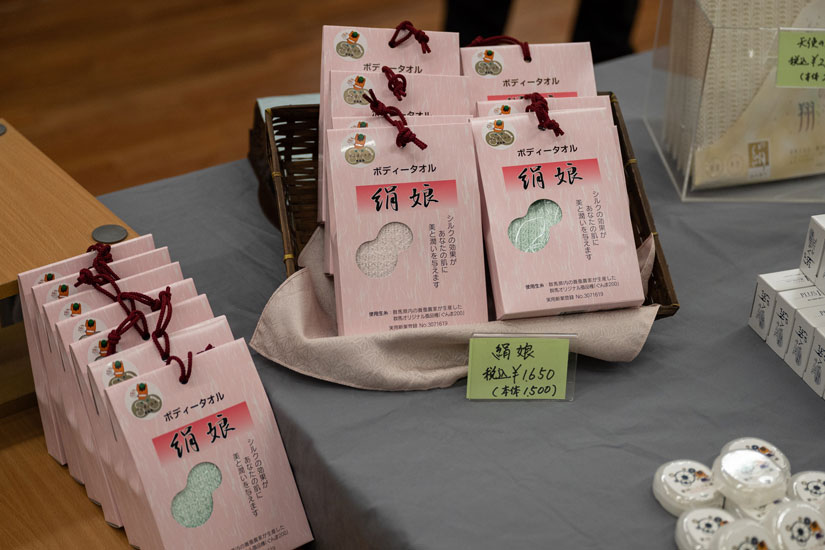
However, “Looking five to 10 years from now, we will not be able to survive by just producing raw silk,” says Mr. Ando, who feels a sense of crisis and is searching for a new pillar of revenue. In recent years, the company has been focusing on developing original products using raw silk, selling familiar silk products such as underwear, socks, and body towels, as well as skin care products using silk protein extracted from raw silk.
By continuing to provide high-quality silk products, Usui Silk has become a valuable player in Japan’s declining sericulture industry. In the future, Usui Seisaku will continue to develop products to meet needs in Japan and abroad, strengthen its brand by utilizing traditional technology, and collaborate with other fields to pioneer the future of the traditional industry of silk spinning with new technology and flexible ideas.
